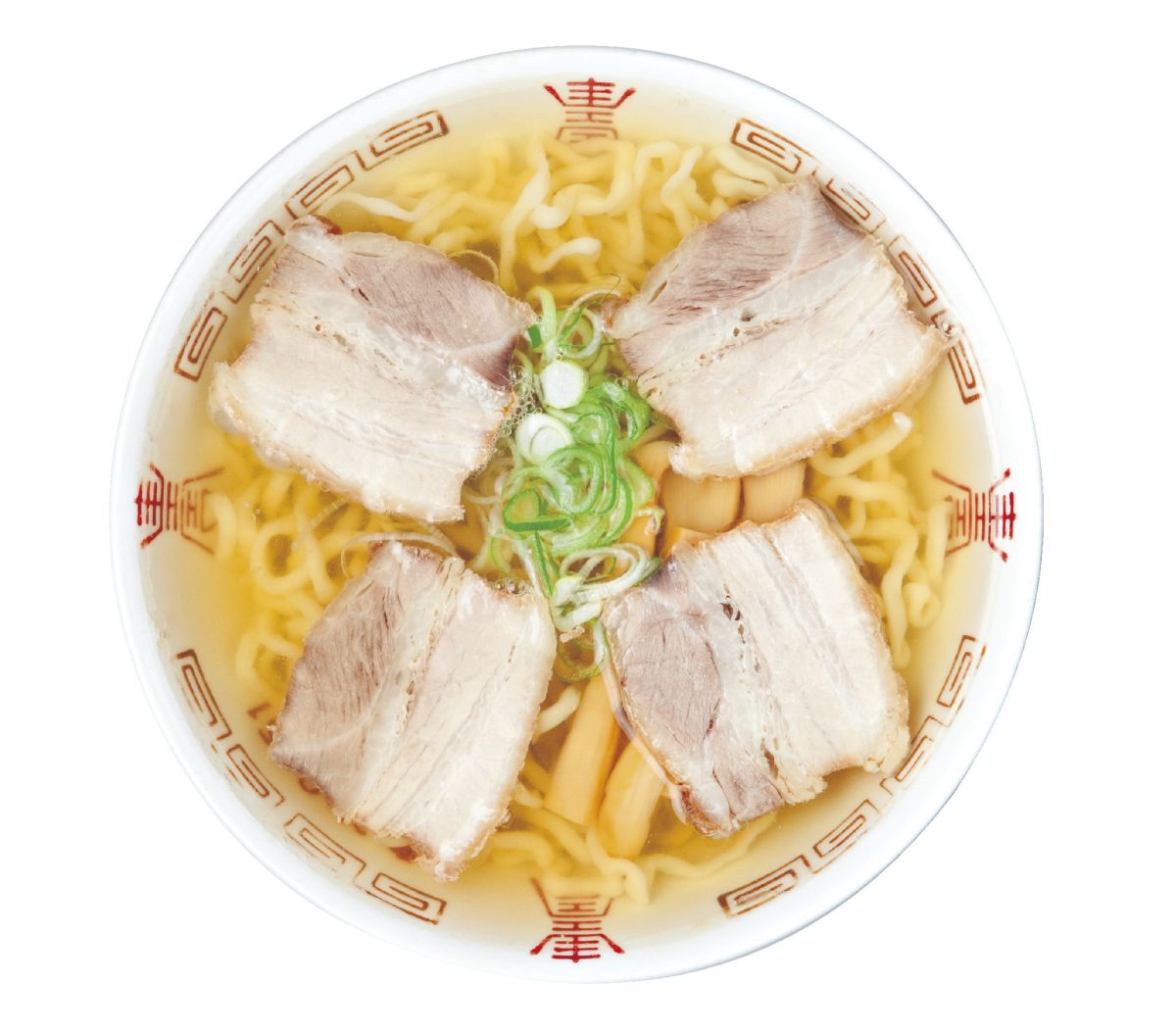
Popular store introduction of Kitakata ramen!
"Kitakata Ramen" is one of the three largest ramen in Japan.
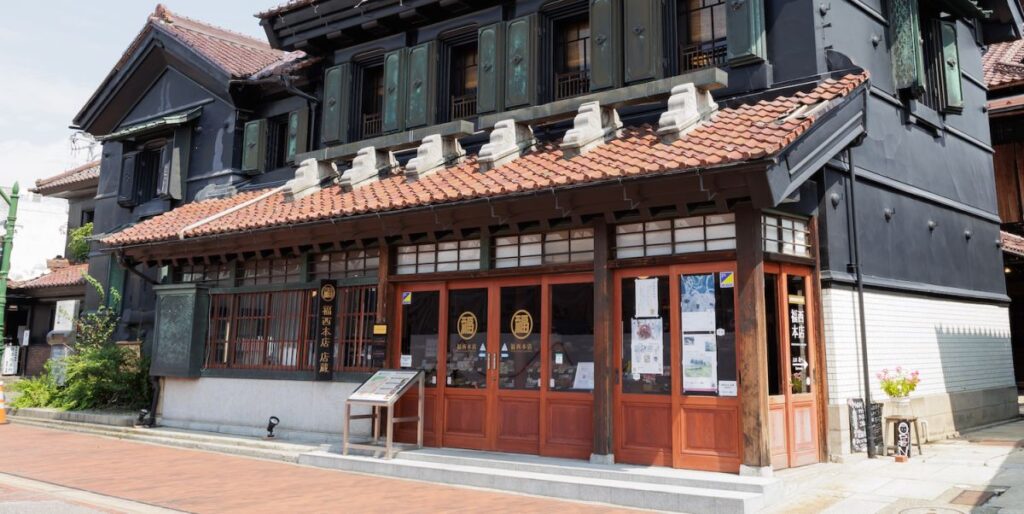
The center of the Aizu area, Aizuwakamatsu, is a popular tourist destination for sightseeing spots related to the Boshin War and for walking around the retro streets. Fukunishi Honten (Fukunishi Honten) has been renovated and opened to the public with the merchant house and storehouse of the Fukunishi family, an Australian merchant who has prospered in this area. You can see a glimpse of how you live at the time, and you can also tour valuable art and crafts.
The Fukuniya family is said to have been moved by the first Ibei from Nara to Aizuwakamatsu during the mid-Edo period. Since then, he has developed a wide range of businesses as a merchant, and in the era of the 9th generation, about 100 years ago, he became the head of Aizu Bank, and was involved in the establishment of Banetsu Railway (now Banetsu Nishi Line) and Aizu Electric Power (now Tepco). It became a major merchant representing Aizu. "Fukunishonhon" is a valuable facility where you can tour the merchant houses and kura of such Australian merchants.
The fine mercantile house and kura were built in the middle of the Meiji period to the early Showa period, and designated as a National Register Tangible Cultural Property, Aizuwakamatsu City Historic Landscape Designated Buildings, which keep an eye on the way to feel the history.
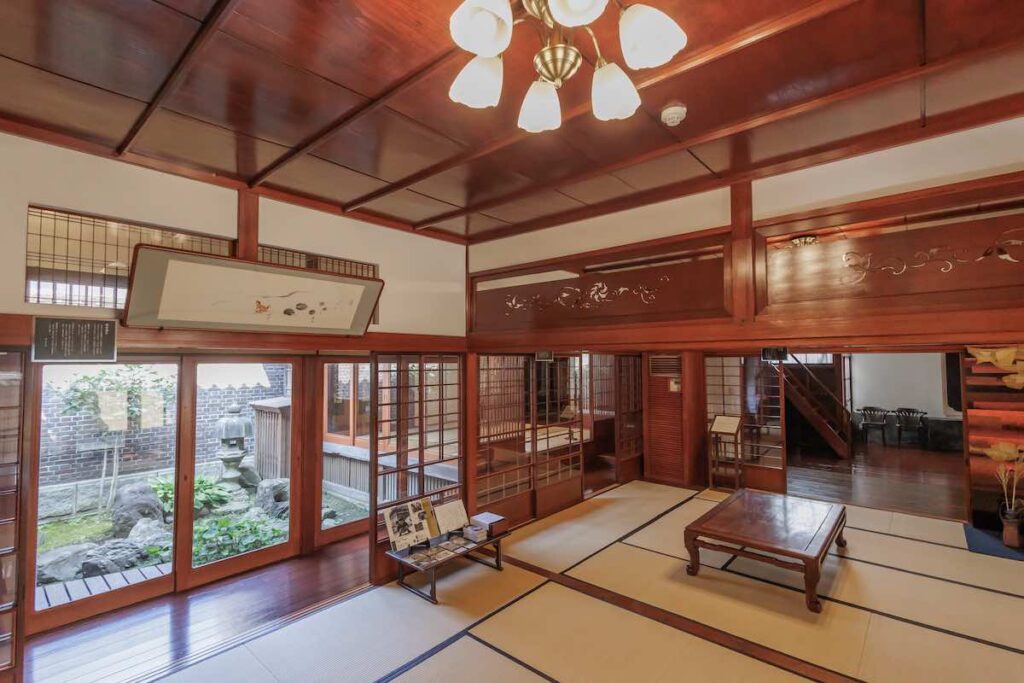
The tour starts on the first floor of the main building. The main building, which used to be the place of life of the Fukuniya family, is amazed by the size of the house. It is also convincing that there were as many as 50 people living in the house when there were many households and when workers included.

The quaint furniture and the drawings that decorate the walls are also very nice. The route is displayed from here, so we will follow it.
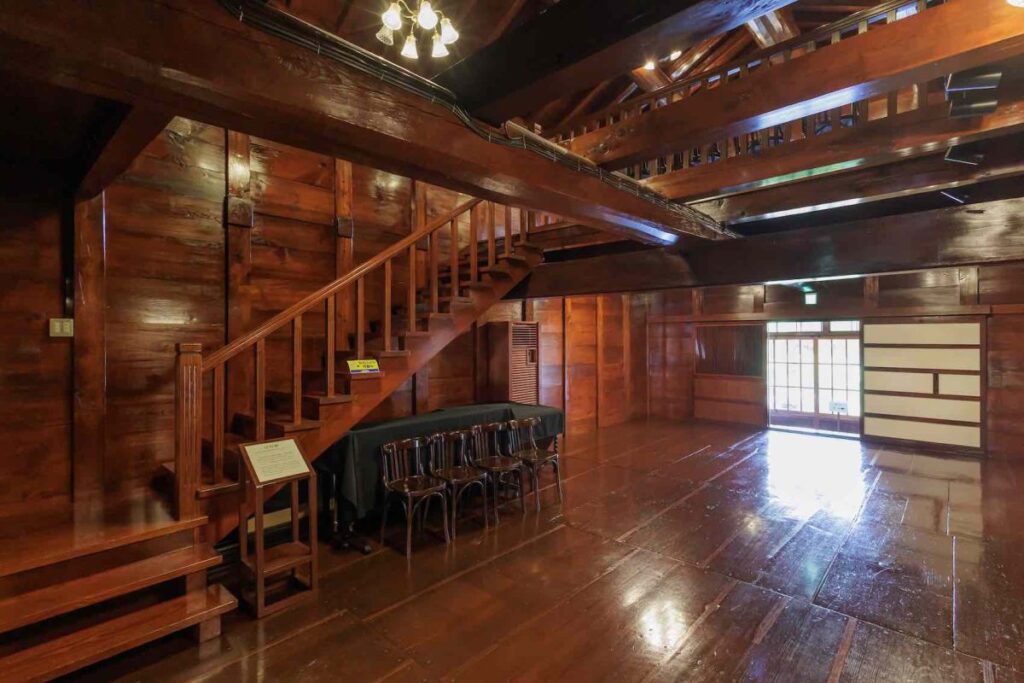
Next, the main house is protected by a heavy door located next to the main house. The first floor was used for stockpiling food and living goods, while the second floor was used for preserving such items as tōmama and furnishings. At present, the main house is half as a stairwell and is used as a gallery. If the timing is right, exhibitions such as paintings may be seen.
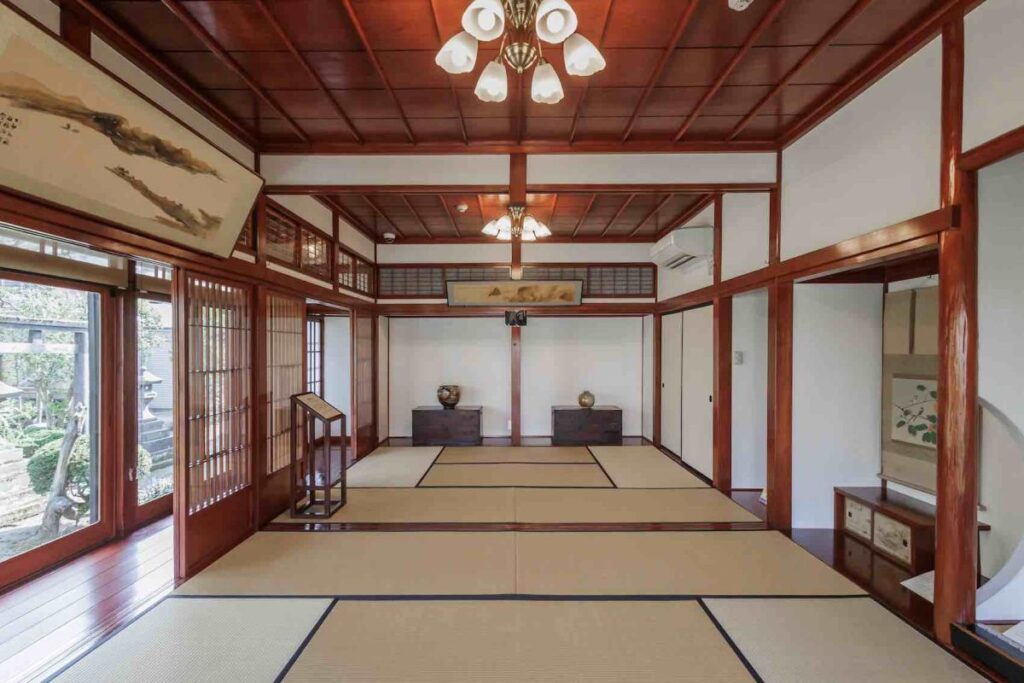
The remote multi-storey house facing the garden is a simple two-storey building. The first floor of this is where the successors of the couple spent their newlywed life. The ceiling height is unusual for those days, and you can feel the financial strength of the Fukuniya family in this place.

It is said that painters and cultural figures who interacted with the Fukuniya stayed on the second floor of the distance. It is also known as the "bamboo-room", and can be seen such as an alcove with bamboo and a parapet with a cross of bamboo. By the way, the fact that the right wall of the floor is pulled out in an arc is to capture the light outside in the control of the hanging axes and flowers between the floors.
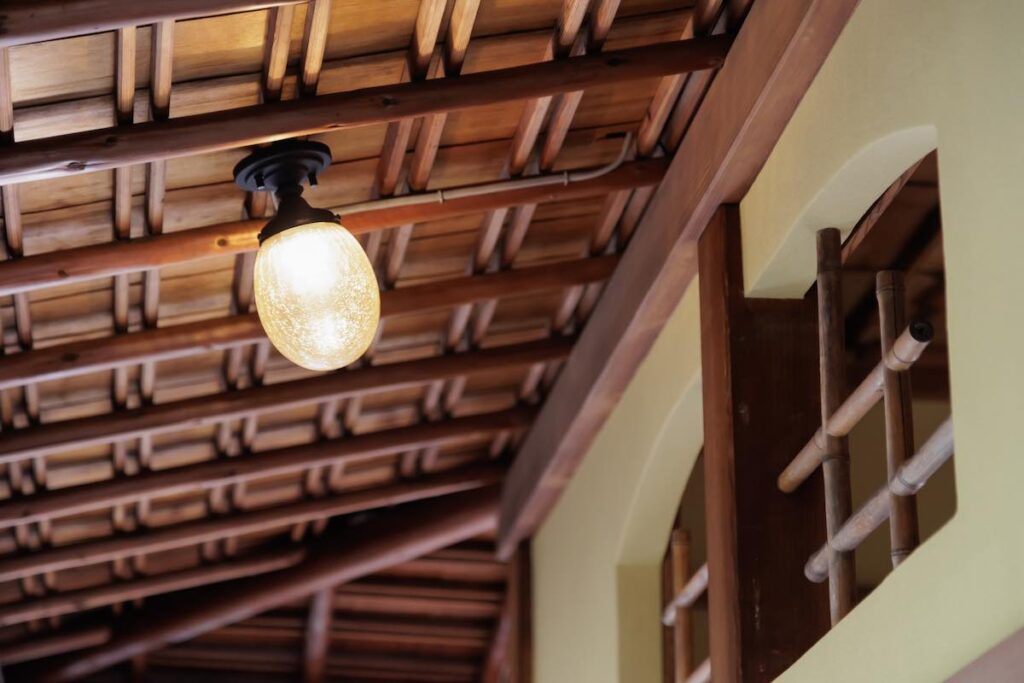
Even while moving around the room, there are lots of places that are irresistible for retro lovers, such as stairs, corridors, and lighting!
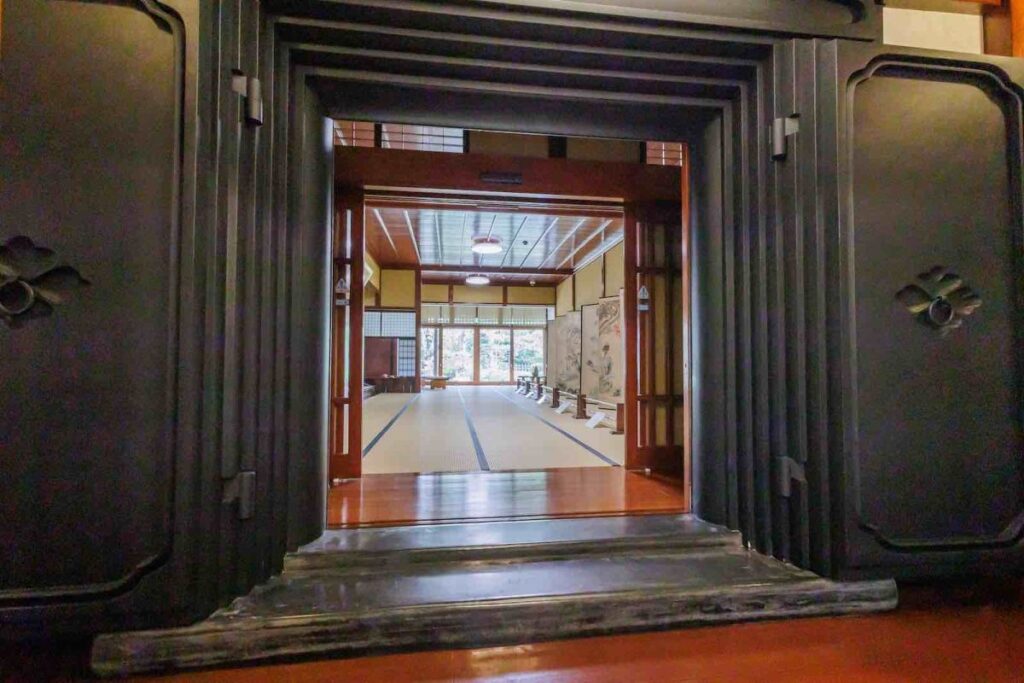
This was followed by Zashikura, where successive heads of the Fukunishi family lived. It was a room with a depth of 30 tatami mats, which was also used as a place for guests.

A large window in the back of Zashikura overlooks a beautiful garden with pine trees and stones that were built in the Meiji era. Chairs are placed towards the garden, so it's nice to watch it slowly in a quiet Japanese space.
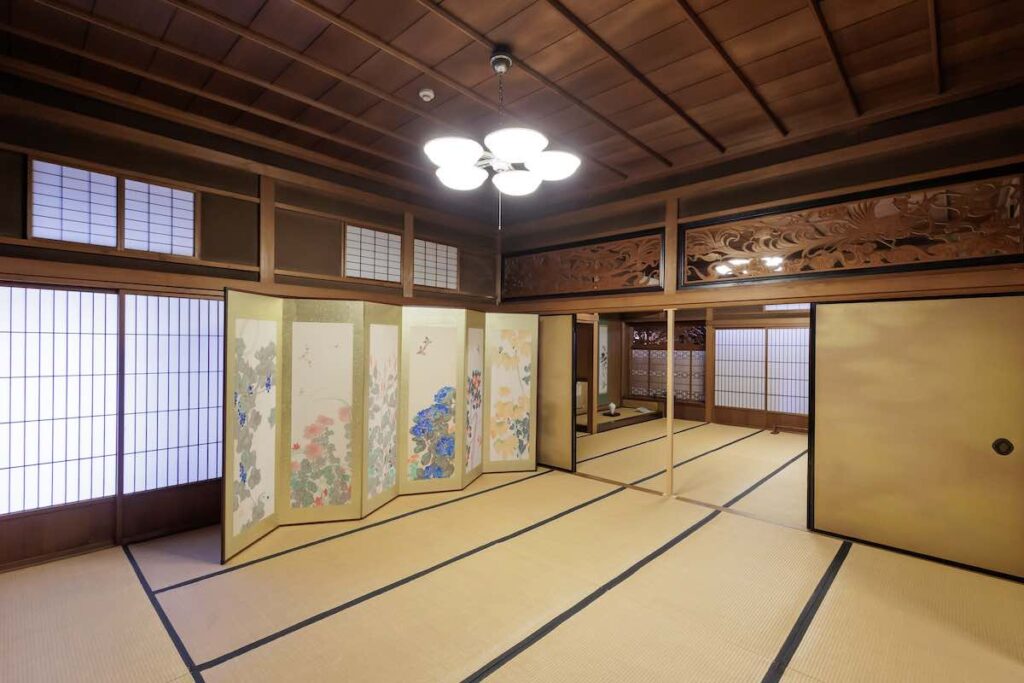
After a tour of the Buddhist storehouse, which is decorated with photos and books of the head of the Fukunishi family on the first floor, you will climb the stairs again to the second floor of the main house. It is divided into three parts to two places, but when combined, it is a great hall that can be as much as 32 tatami mats. The first-floor mother house was a place for everyday life, but this is the place of Halle where the Obon and New Year clan gatherings and the wedding of the 11th generation were held. Renovations have been kept to a minimum, leaving the figure almost as it was at the time of construction.
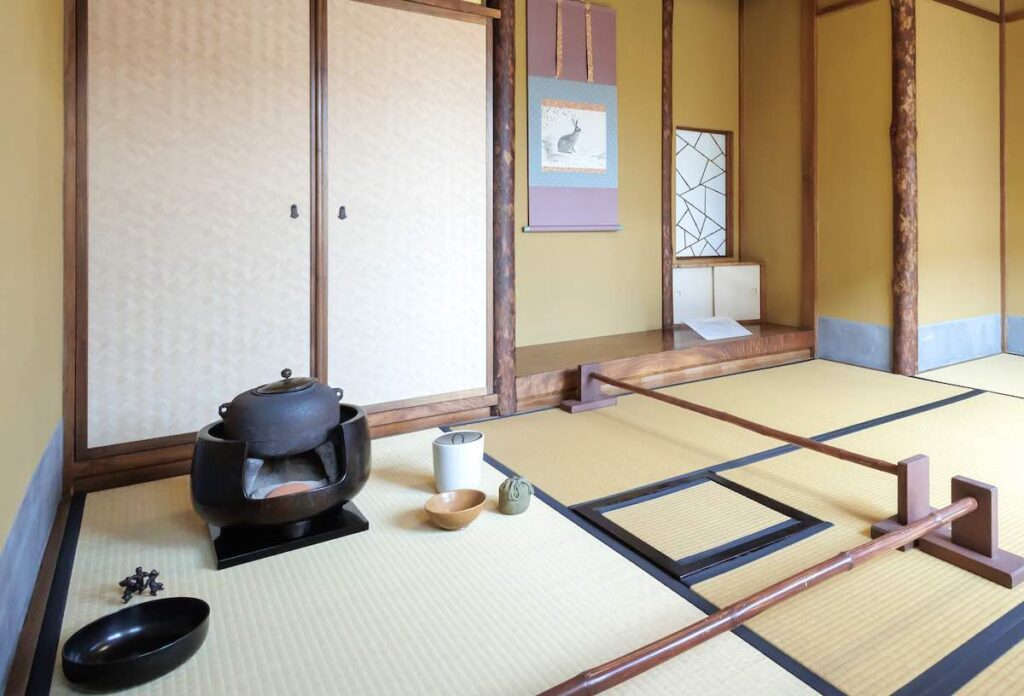
The last room is a tea house, which was added in 1930, in the depths of the great hall. It was apparently used as a refrain during the wedding of the 11th generation. Compared with the rooms I 've seen so far, I can understand the difference between making pillars and bran.
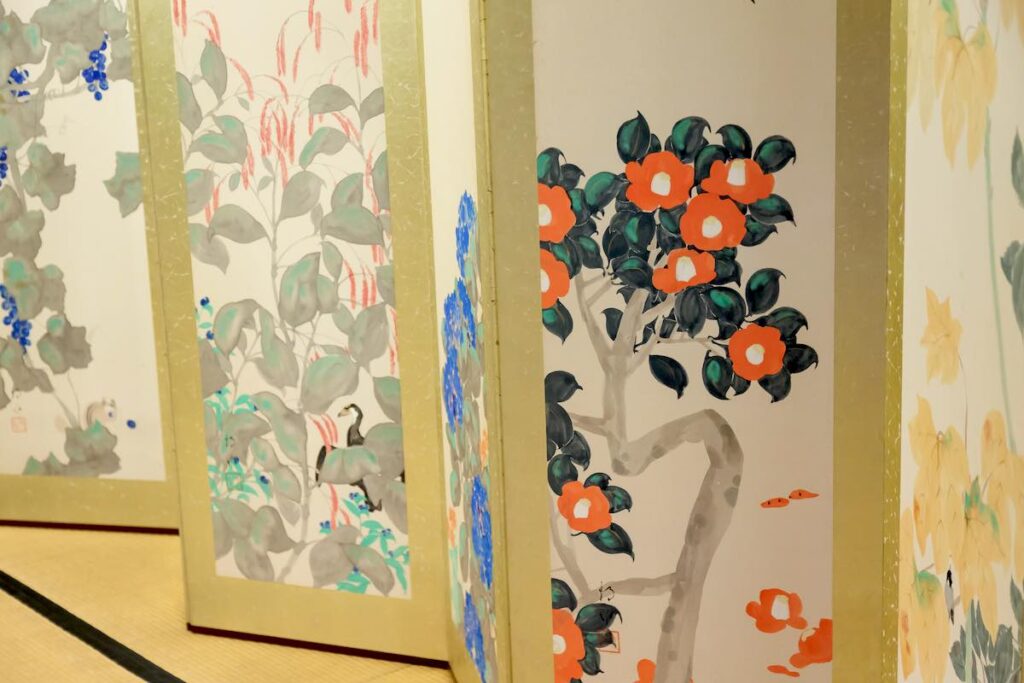
The Fukuniya family, an Australian merchant with a long history, has a large collection of fine arts and crafts. Here, we introduce treasures that cannot be missed, and the hanging axis may change depending on the season.
The folding screen by Shizui Hashimoto (Hashimoto Seisui), a native of Onomichi, Hiroshima, is a colorful flower bird map that colors the room so gorgeously. The large collection of large folding screens is unique to a large merchant with a large hall.

It is a furnishings that was bequeathed in the Fukunii main store, and is one of the family's heirloom.
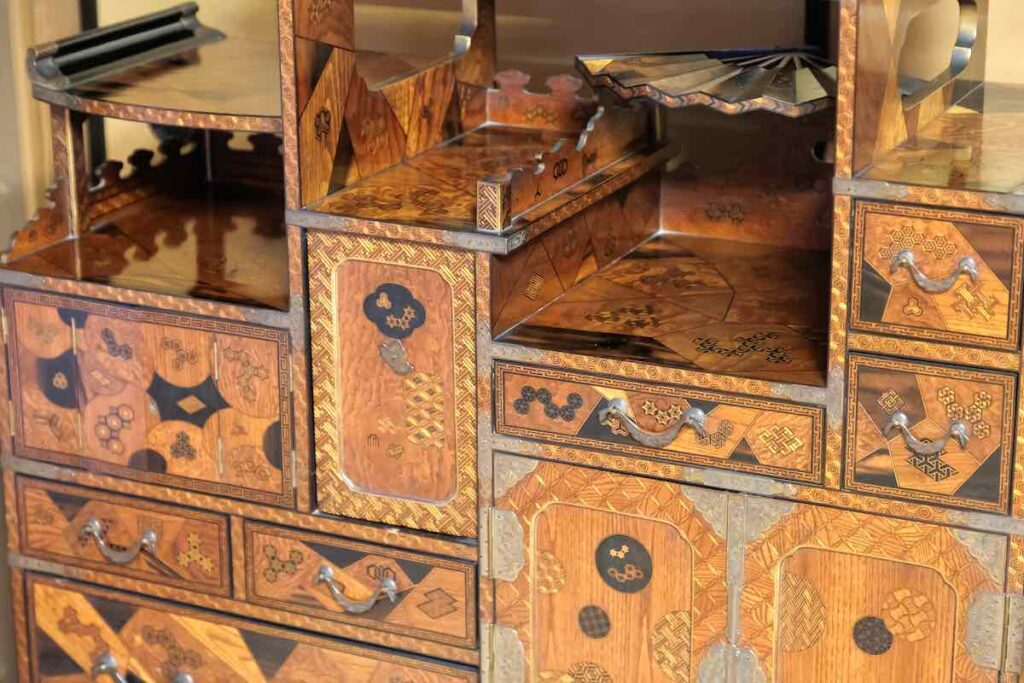
It is made of fine namework with fine namewood, and the fineness and beauty are so fine that you can look closely at it. This stunning decoration shelf is said to have been exhibited at the Paris Expo 1925.
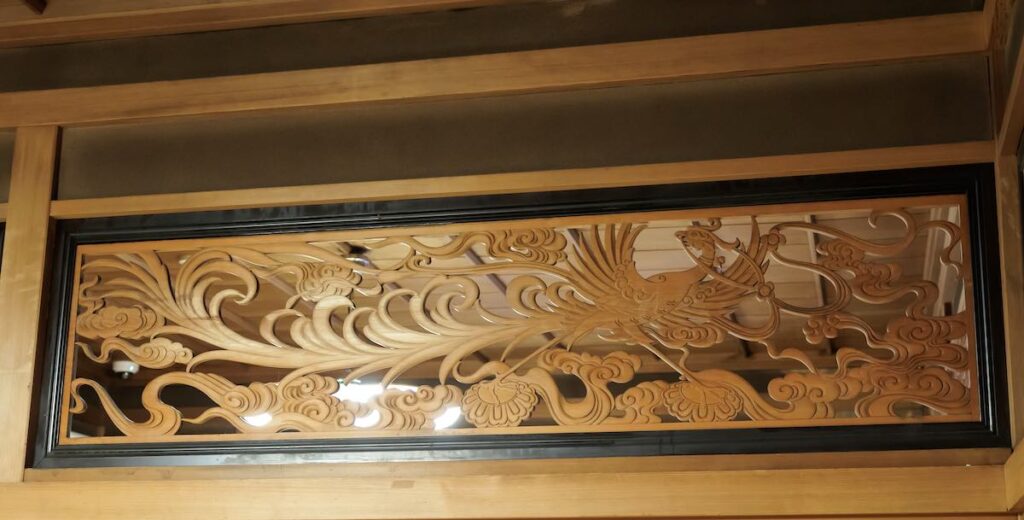
You can't miss the watermark parapet in the Great Hall on the second floor of the main building! This is a sculpture on a single board of Yamazakura. To the masterness of the elaborate carving, it is indeed a contrarian between the great merchant Halle. There are countless other fine arts and crafts, such as hanging axes and pottery, which are casually decorated, so please check carefully.
One of the three black stucco warehouses, the storehouse facing Hideyo Noguchi Seishun Street, has become a business base for the Fukunishi family since modern times. The black stucco storehouse completed in 1914 has a very high level of technology and effort compared to ordinary white stucco, and it can be said to be a storehouse because it is the Fukunishi family with rich goods.
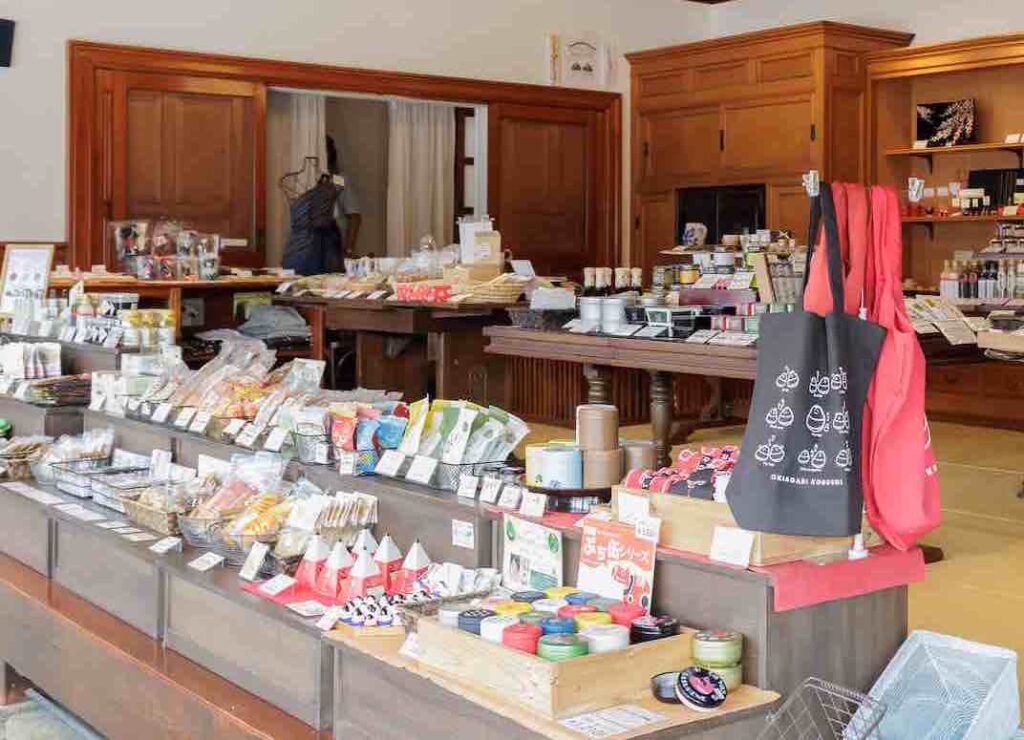
The current storehouse is a selection shop with a collection of Fukushima specialties and crafts, mainly in the Aizu area.

A variety of food products is perfect for souvenirs. "Horse-sticking sauce senbei", which is seasoned with the specialty of Aizu's horse-stabbing sauce, is perfect for alcoholic beverages. "Onikurumi Salt Caramel", which is a famous Onigurumi tangled with salted caramel, has a flavor that makes the crisp texture a habit. "Takada plum honey-boiled" is a fragrant product made by boiling Aizu's fine plum and Takada plum, which is said to be the jumbo size in Japan, with natural honey.
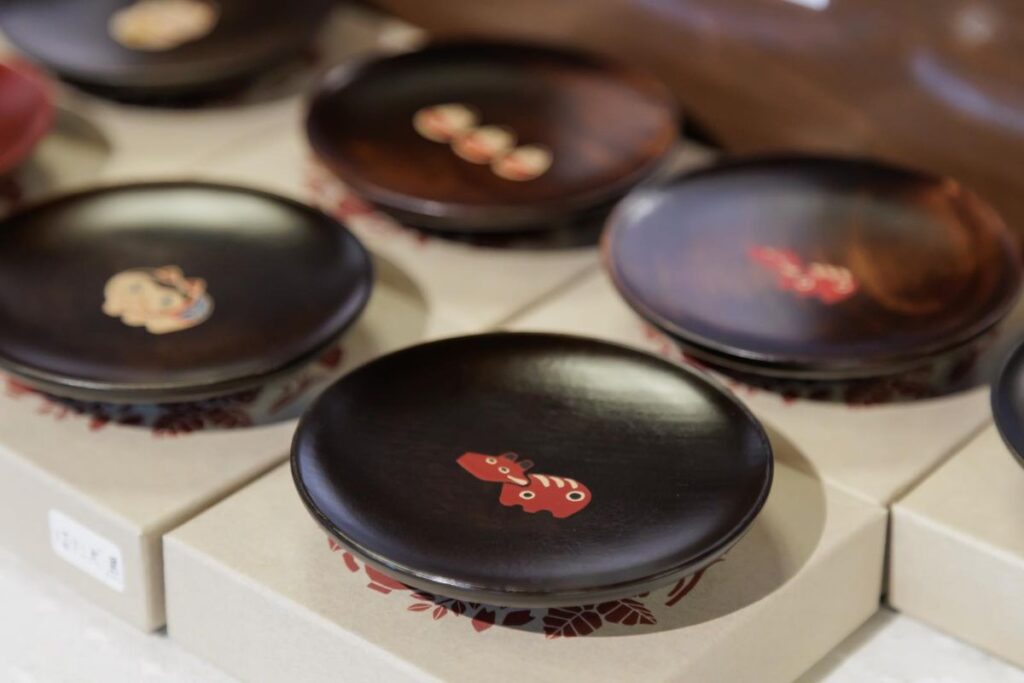
The craft range from traditional works to modern ones by young writers, as well as the "Wipe Lacquer Bean Plate", which is worked by local young lacquer writer Hokurushido Nibe Yubuko, is one-point paintings such as Akabeko and Daruma, which are very lovely.
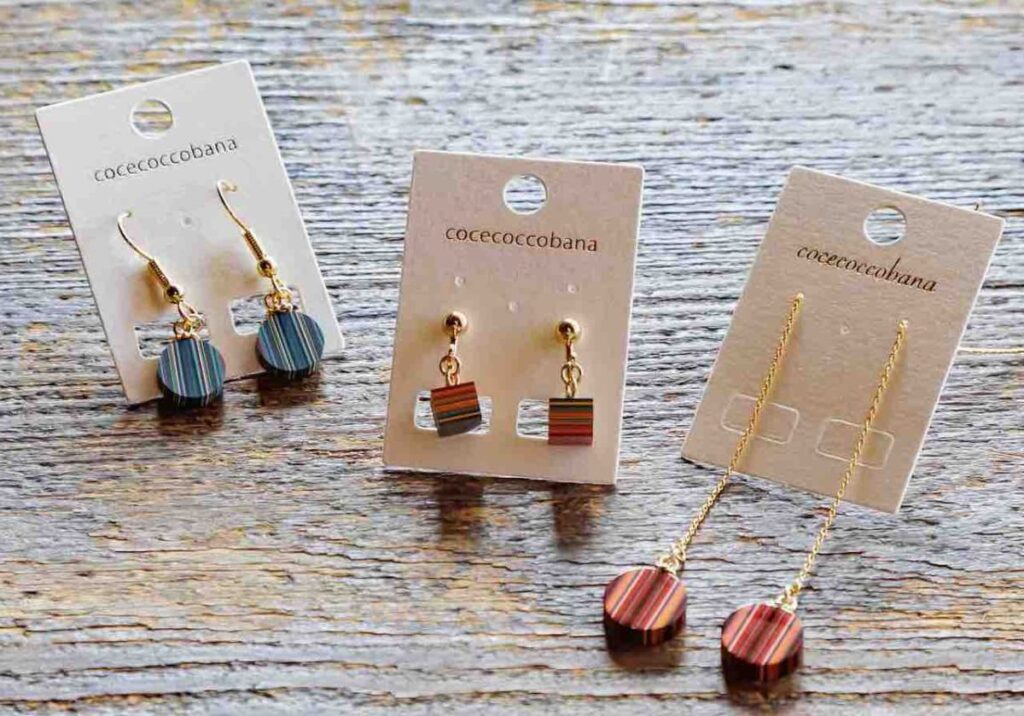
One of the lacquerwork techniques from which many layers of lacquer come from China, an accessory that incorporates Jianzhu (tsushu), is a popular item for women. It is made by hand one by one by craftsmen.
The "Fukunishi Honten", where you can also meet the gem of Aizu, with a profound sense of merchant architecture and kura, a valuable experience of seeing art close by, and a chance to stop by when you go to Aizu-Wakamatsu.
Address: 4-16 Nakamachi, Aizuwakamatsu, Fukushima
TEL:090-9422-2924 (main building), 0242-85-7740 (store)
Opening hours: 10-17 o'clock, ~ 16 o'clock in winter (~ 18 o'clock in the store store)
Regular holidays: Wednesday, Tuesday and Wednesday in winter (the store is closed)
Price: 500 yen to enter the building (store storage is free)
Access: About 5 minutes by bus around Machinaka from JR Nanikamachi Station, just a short distance from the bus stop Hideyo Noguchi Seishikan

"Kitakata Ramen" is one of the three largest ramen in Japan.
This website uses cookies so that we can provide you with the best user experience possible. Cookie information is stored in your browser and performs functions such as recognising you when you return to our website and helping our team to understand which sections of the website you find most interesting and useful.
Strictly Necessary Cookie should be enabled at all times so that we can save your preferences for cookie settings.
If you disable this cookie, we will not be able to save your preferences. This means that every time you visit this website you will need to enable or disable cookies again.
